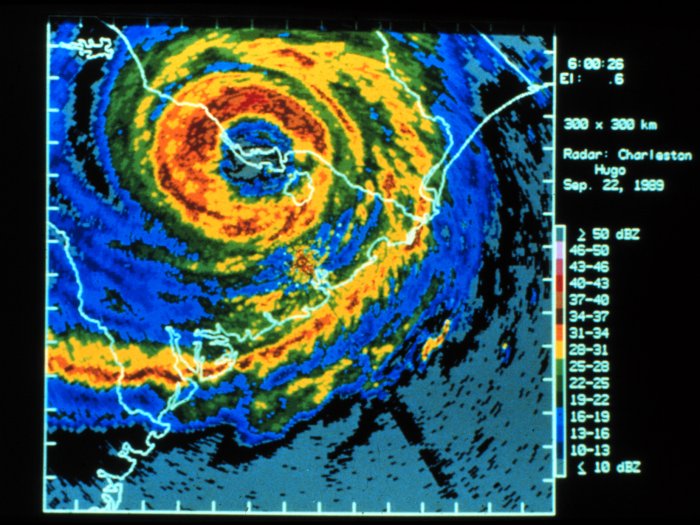
Home > Air pressure
|
|||||||
Air Pressure and Altitude
Normally, the weight of the air is 14.7 pounds per square inch when measured at sea level. Air pressure gets lower with as altitude increases.
Think of air as having "layers" such as the sheets in a ream of paper. If you put a delicate flower under a sheet of paper, it will not be much affected since the weight (pressure) on the flower is minimal. As you add sheets of paper, the force of gravity pulls on more sheets and creates a greater pressure on the flower. Now imagine the entire ream of paper on top of the flower. Similarly, at sea-level, air pressure is greater, but as you increase in altitude, air pressure is much less.
Air Pressure and Temperature
Pressure differences can be caused by uneven heating of the earth's surface. When the sun heats the earth's surface, the air expands. With heating, air molecules move faster and bump each other farther apart. This is why the air can hold more moisture as well. If you were to measure the weight of a cubic foot of warm air, it would weigh less than a cubic foot of cold air because it has less molecules in it. This phenomea explains the normal small changes in pressure each day (relatively higher in the morning and lower in the afternoon.)
The lighter warm air (low pressure) rises and is replaced by a cooler (high pressure) air mass. When the lighter air rises faster than it can be replaced by a cooler air mass, the pressure is low. When cool air flows toward the earth faster than the warmer air can move away, high pressure occurs.
Learn about how we measure air pressure with barometers by clicking hereLearn about how meteorologists measure air pressure in the upper atmosphere by clicking here
Our website is dedicated to promoting interest in and better understanding of weather. WeatherWing has been the #1 Weather Observer Certification Training source for Oil and Aviation Interests in the Gulf of Mexico since 1998.
Source: http://WeatherWing.com Copyright 2007 all rights reserved
| |||||||
Home > Air pressure
|

"I'd worked as an observer for years, but needed to re-certify. I learned more in this course than I ever imagined I could and I passed the exam with flying colors. I am also definately a better observer" TS, Louisiana
I knew nothing about weather at all. My new job depended on passing the weather observer certification test. Thanks to the patience and personal attention you gave us all, the entire class passed. JB, Texas
"When my company sent me to this class I thought I didn't need the training. I was wrong. Thanks" RB, Texas
You are the "Gold Standard" of teaching. Absolutely the best teacher I have ever had. DG, Louisiana

Copyright 2007 -2010 all rights reserved

 Twitter
Twitter Technorati
Technorati Stumbleupon
Stumbleupon Google Bookmarks
Google Bookmarks Facebook
Facebook Digg
Digg Blogmarks
Blogmarks Delicious
Delicious BlinkList
BlinkList Yahoo My Web
Yahoo My Web